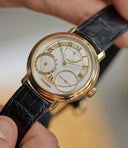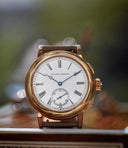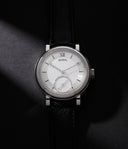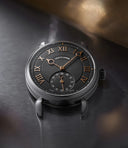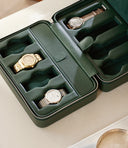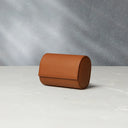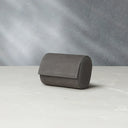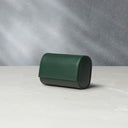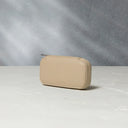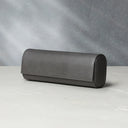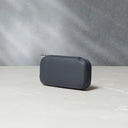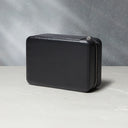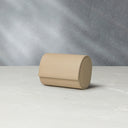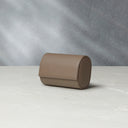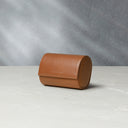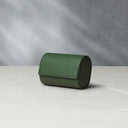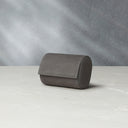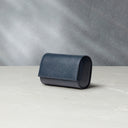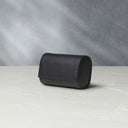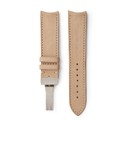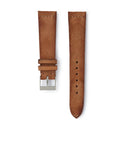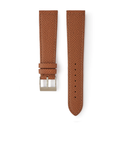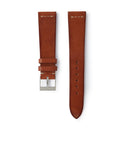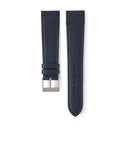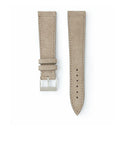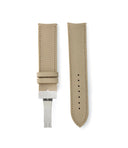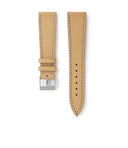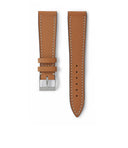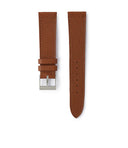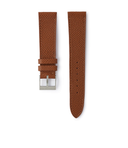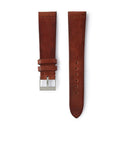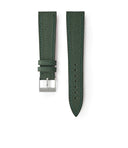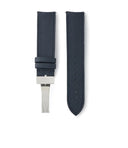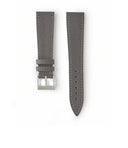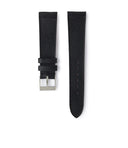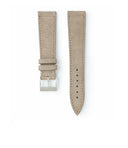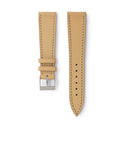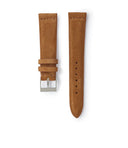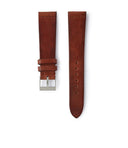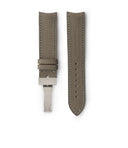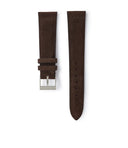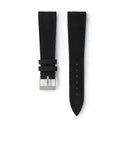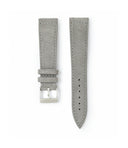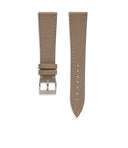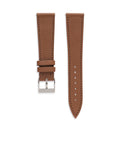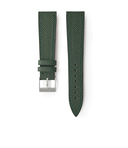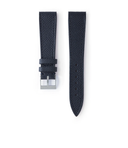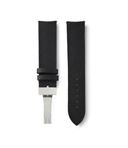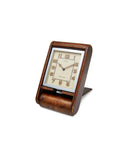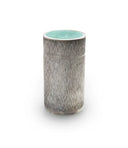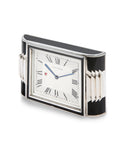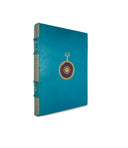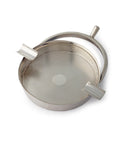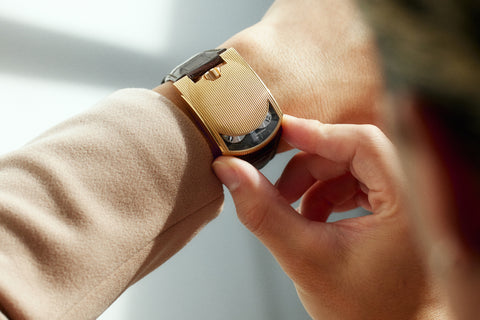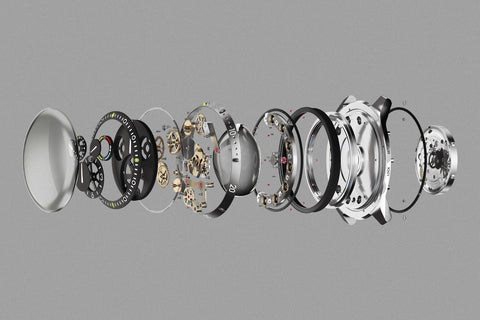Founded by Maximilian Büsser nearly twenty years ago, in 2005, MB&F have become known for their innovative, conceptual watches made in small numbers and which seek to push the boundaries of how we see time. Their approach to watchmaking focuses on collaboration and bringing handcrafted methods to their futuristic ideas. Their Horological Machines are kinetic sculptures intended to tease out the imagination, displaying time in entirely unconventional ways. This HM1 marked the beginning of the brand's unique vision, featuring an unconventional case design and encapsulating their desire to merge traditional and modern aspects of watchmaking.
The HM1 was introduced in 2007, and its creation took the effort of several watchmakers and designers — from Max Büsser's initial sketches and inception of the piece, to designer Eric Giroud's efforts in transforming the watch from paper into 3D designs and then the involvement of movement engineer Laurent Besse and watchmaker Peter Speake-Marin in bringing the piece to life. The watch itself was inspired by "the encounter of two worlds", referencing the collaboration between different aspects of the craft. Notably, the movement not only features the "Max Büsser and Friends" signature, but Laurent Besse and Peter Speake-Marin's names are also placed on the movement, noting their contributions to the piece.
On first glance, the watch brings to mind a cell undergoing division, with the polished titanium case possessing substantial heft and size on the wrist. Only 10 were made in this metal, out of an already limited release of just 100 pieces across the watch — other examples can be found in white gold, rose gold, and black PVD-coated white gold. Notably, the watch features a modular construction, allowing each part to be refurbished separately.
The dial itself is semi-openworked, with metal and glass parts layered over each other in a way that creates visual depth and complexity, as time-telling aspects overlap with the tourbillon. The hours are placed on the left-most section, while the minutes are placed on the right. These both feature black printed information on discs, with skeletonised blued hands that indicate the information from 6 to 12 o'clock and 60 to 30 minutes respectively, framing the central tourbillon. These are complemented by raised discs, with the left printed with the MB&F logo and indexes that show the hours and minutes on a smaller scale. The disc on the right features a power reserve indicator, with a maximum of 175 hours, and a smaller arrow that tracks its depletion.
Engineering a movement like the one found in the HM1 is a remarkable feat, and it marks the first time a movement was created with four barrels connected in parallel and in series. This was done to accommodate the design and layout of the watch, and to ensure that energy can be simultaneously transmitted from two sources to the regulating system.
Turning the watch over, we see a yellow gold rotor that provides a splash of colour in an otherwise monochromatic colour scheme, and the theme of depth is continued as beautifully finished bridges are layered over each other, combining Geneva stripes with both polished and decorated wheels to great effect. Composed of 376 components, the watch is a complex product of thought and craft within the industry.
































































































